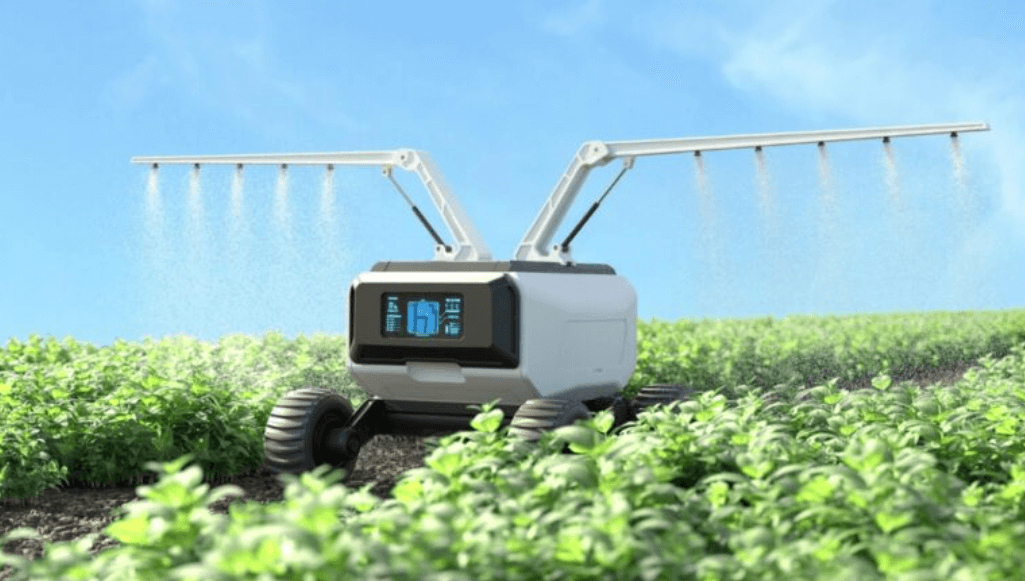The agriculture industry is undergoing a significant transformation due to technological advancements. Precision agriculture techniques enhance crop management and resource optimization. Drones facilitate effective field monitoring, while data analytics guide informed decision-making. Additionally, automation and robotics streamline labor-intensive processes, improving efficiency. These innovations address pressing challenges such as climate change and resource scarcity. As the landscape shifts, questions arise about the long-term implications of these technologies on farming practices and sustainability.
Precision Agriculture: Enhancing Crop Management
As the agricultural sector increasingly faces the challenges of climate change, population growth, and resource scarcity, precision agriculture has emerged as a transformative approach to crop management.
Utilizing crop sensors, farmers can monitor soil health with unparalleled accuracy, enabling targeted interventions that enhance productivity. This data-driven strategy not only optimizes resource use but also promotes sustainable practices, fostering a resilient agricultural future.
See also: How Technology Is Revolutionizing Public Safety
Drones and UAVs: Transforming Field Monitoring
Drones and unmanned aerial vehicles (UAVs) are revolutionizing field monitoring in agriculture, offering farmers unprecedented access to real-time data.
Through advanced drone applications, farmers can capture detailed aerial imagery, enabling them to assess crop health, monitor irrigation, and identify pest infestations.
This innovative technology not only enhances efficiency but also empowers farmers to make informed decisions, maximizing yield potential and sustainability.
Data Analytics: Driving Informed Decision Making
Harnessing the power of data analytics, farmers can transform vast amounts of agricultural information into actionable insights.
By employing data visualization techniques, they gain clearer perspectives on crop performance and resource allocation.
Predictive analytics further enhances decision-making, allowing farmers to anticipate market trends and optimize yields.
This informed approach empowers them to navigate challenges, ultimately fostering greater autonomy in their agricultural practices.
Automation and Robotics: Revolutionizing Labor Efficiency
The integration of automation and robotics in agriculture marks a significant evolution in labor efficiency, building upon the insights gained through data analytics.
Robotic harvesting and automated planting streamline operations, reducing reliance on manual labor while enhancing precision and productivity.
This technological shift not only liberates farmers from repetitive tasks but also fosters an environment where innovation and sustainability can thrive, empowering the agricultural workforce.
Conclusion
As farmers trade in their trusty plows for sophisticated drones and data analytics, one must wonder if the next step will be robotic cows that milk themselves while analyzing crop yields. While technology promises to solve age-old agricultural challenges, it’s amusing to think that future generations may reminisce about the days when humans actually touched the soil. Indeed, as agriculture becomes a high-tech spectacle, the simple act of planting a seed might soon be seen as a quaint relic of the past.



